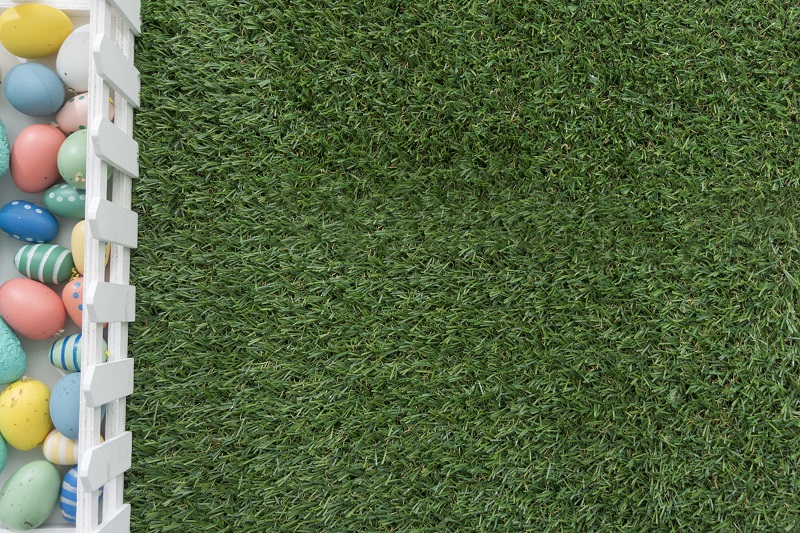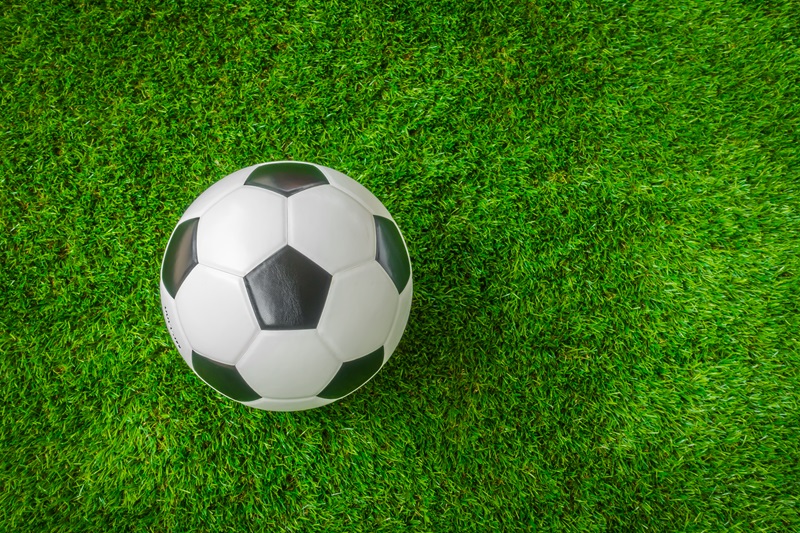Is your synthetic grass looking less than lush? Are you scratching your head over the best way to maintain it? Whether you're a synthetic grass newbie or a seasoned homeowner, the journey to that perfect, year-round green may no doubt leave you with many questions.
Synthetic grass, also commonly referred to as artificial turf, is a fantastic, yet often misunderstood addition to any home. While it may be artificial, its appeal is very real, it requires little water and minimizes the need for toxic fertilizers or pesticides. However, despite these benefits, it requires regular maintenance to keep it looking its best. This blog post demystifies synthetic grass care, providing you with the trends, tips, and tricks to maintain that perfect lawn, no matter the season.
The aim here is to make your understanding of the synthetic grass journey smooth, guiding you through important care processes, and pointing out common mistakes to avoid.

Understanding Why Synthetic Grass Needs Maintenance:
While artificial grass doesn't need mowing or watering like natural grass, it's not entirely maintenance-free. Over time, natural pollutants like dust and leaves can dull its colour and texture. Pet waste, food spills, or even chewing gum can sometimes be a nuisance. Additionally, traffic from playing, walking, or just lounging on it gradually flattened the synthetic blades, making them lose their natural grass-like look. Hence, regular maintenance is essential to preserve its lush, green appearance.
What Does Synthetic Grass Maintenance Involve?
Undertaking maintenance tasks such as brushing, cleaning spills promptly, and aerating are pivotal in influencing the longevity and aesthetic appeal of your synthetic grass. Brushing, for instance, is crucial in maintaining the upright position of the synthetic blades, mimicking the look of natural grass, while aeration helps prevent compacting and assists in proper drainage.
When Should You Carry Out These Maintenance Tasks?
Understanding the frequency of maintenance can dramatically affect the lifespan and appeal of your synthetic turf. Seasonal changes may impact how often some tasks should be done. For example, during autumn, when leaves drop more frequently, more regular cleaning may be necessary. However, brushing should generally be carried out monthly, while aeration can be done annually or biannually.
Who Can Benefit from Synthetic Grass?
Synthetic grass is an ideal solution for households that want to enjoy the look and feel of a grass lawn without the associated maintenance hardship of a natural one. It's also an excellent choice for environments with water restrictions or for homeowners who prefer an environmentally friendly alternative.
The Pros and Cons of Synthetic Grass:
While synthetic grass does offer several benefits, it also comes with a few drawbacks. Benefits include water conservation, reduced use of harmful pesticides, year-round green appearance, and less intensive maintenance. Drawbacks, on the other hand, include initial high installation costs and the need for regular maintenance to ensure its aesthetic longevity.

Top Tips for Synthetic Grass Care:
Paying attention to a few key practices can significantly boost your synthetic grass's appeal. Regular brushing, prompt cleaning of spills, annual aeration, and avoiding sharp objects or heavy furniture on the turf can prolong its lifespan and appeal.
Conclusion:
In summary, synthetic grass is a beneficial addition to any home, offering aesthetics, practicality, and an eco-friendly touch. However, despite its low-maintenance reputation, achieving the perfect lawn involves a thoughtful care strategy. By understanding the why, what, when, and who of synthetic grass care, you're closer to maintaining that plush, green, and inviting lawn you desire. So, whether you're a seasoned synthetic grass user or just starting your green journey, these tips, tricks, and trends should help make your synthetic experience smoother. Your perfect, evergreen, synthetic lawn is well within your reach.



